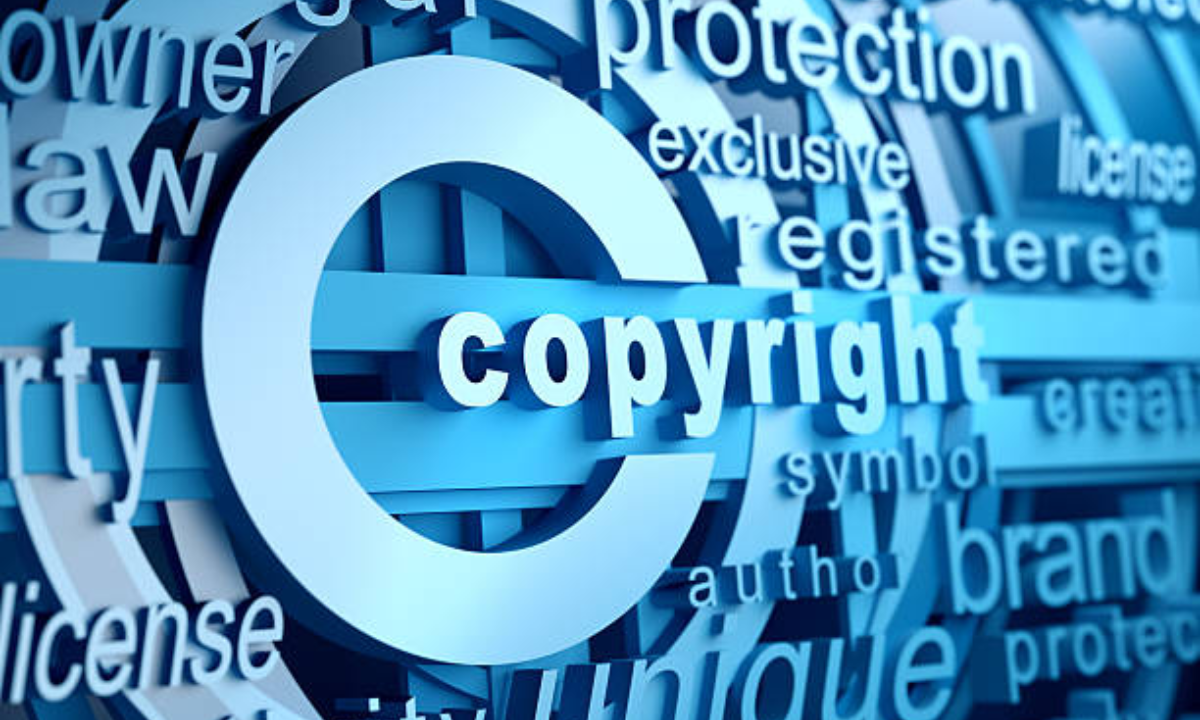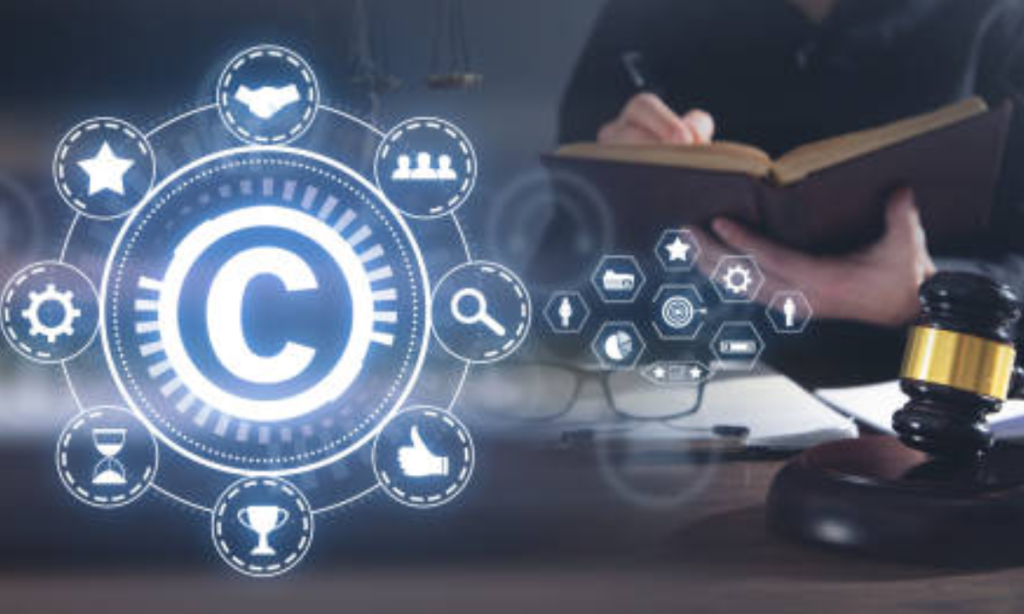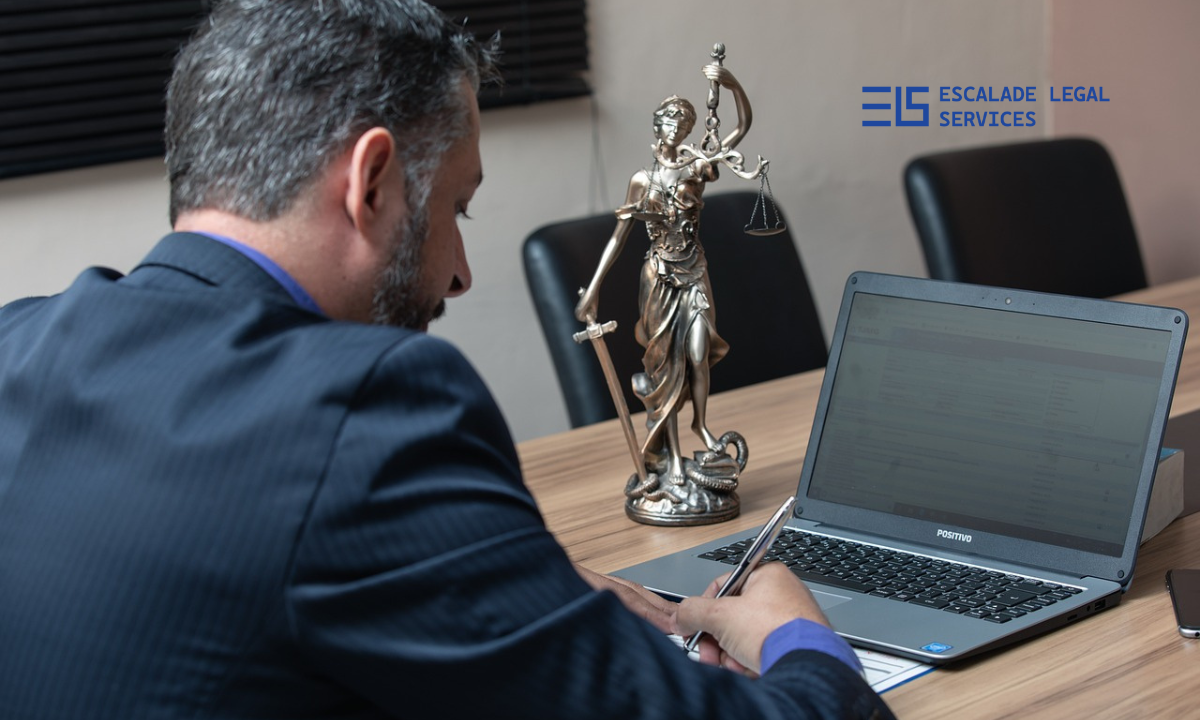In the digital era, it is more important than ever to protect your creative work. As a blogger, photographer, musician, or graphic designer, you need to understand how copyright works in India because it helps you protect your intellectual property. Being able to know when and how your work is safe can make the difference between retaining your rights and losing possible revenues. This article discusses concepts, tips, and best practices to make you a more powerful creator in India.
What is Copyright?
Copyright refers to a bundle of legal rights of the author of a piece of original work. It protects literary, dramatic, musical, artistic, and film works, software, and architectural designs. You automatically have copyright in India as soon as you get your work fixed in some material form, even when writing something on a blog, making a recording of a song, or drawing a picture. The rights under these provide you with the sole power to reproduce, distribute, adapt, and publicly perform your work, and therefore, you can monetize and control the use of your work.
The importance of Copyright to Creators

- Ownership is legal and cannot be used or reproduced without permission
- Develops the possibility of licensing agreements, commissions, and royalties
- Gives reasons to sue for infringement
As an artist/writer, you should observe copyright regulations that every creator ought to be aware of so that you can enforce your rights. These copyright rules every creator should know and must not ignore to avoid disputes, loss of income, and even reputation. Having a proper understanding of your legal position provides one with assurance when posting work online, collaborating with colleagues, or negotiating contracts.
Types of Works Covered
- Works: Novels, poems, articles
- Artistic Works: Photographs, sculptures, paintings
- Song, instrumental composition, musical Works:
- Cinematographic Films and Sound Recordings
- Software & Architecture
Designers should pay special attention to design copyright, which shields visual elements such as logos, packaging, textile patterns, and typefaces. Even if you’re creating mockups or prototypes, these protections kick in automatically. Being aware of what kind of copyright you work under will allow you to choose the most suitable plan to be registered and secured.
Important concepts of the legislation of Indian copyrights
- Protection Period: 60 years after the death of the author (in case of literary, artistic works), 60 years after publication of cinematographic film and sound recordings.
- Ownership: It is initially vested in the author; it can be assigned or licensed to another person.
- Fair Use (Fair Dealing): Permits limited use in criticism, review, and news reporting, education, and research, with conditions.
To the creators, understanding these principles allows you to avoid violating the rights of others and, at the same time, guard your rights as a creator. It is especially easy to fall victim to infringement claims by not understanding the concept of fair use or ownership.
India Registration of copyright
Formal registration gives:
- A record of ownership which has to be publicly declared
- Prima facie evidence before the court in case of disputes
You could make the application online or on paper, under the Copyright Act. It is more like educating creators in Bangalore to be acquainted with Copyright Registration in Bangalore, so that they understand the local conditions, including jurisdictional offices in Bangalore and the way of submitting copyright registrations. The cost of registering in India is low, and the procedure makes your case more defensible in court.
Process Overview
- Submit the Copyright Office Form IV
- A hard copy with a declaration of authorship should be submitted
- Courier it with the set fee amount
- Monitor your application on the internet portal
- Get the registration certificate
Copyright Registration Procedure
- Make your work ready: Make your work stationary, i.e., manuscript, audio tape, digital file.
- Fill Form IV: Enter such information as the name of the writer, title, year of composition, and nature of work.
- Annex: The soft copy of the work, a copy of identity proof, and power of attorney (where represented).
- Pay Fees: There are various types of fees depending upon the nature of the selected work that you want to publish; simpler literary work costs around 500 rupees.
You can complete your application online or submit it at the nearest copyright branch.
Where to look: Online tracking system to see the status.
It will take you 6-12 months to get your certificate of registration. The people in India have a habit of registering in Bangalore, as they find it convenient. The steps are the same all over. Register in Mumbai, Delhi, or Chennai, and you still do Copyright registration in India, and are protecting your ownership, and therefore enforcing it is much easier should anyone pilfer your material.
There are additional choices of visual designers. They may either decide to make use of one of the two types of protection:
- The Design Copyright is the one that guards the creative appearance of the product.
- Design Patent provides the manner of functioning of the item.
They secure various items, and thus you might require either of the two.
Industrial Design Registration is also a possibility that designers should investigate. This safety is provided by the Design Office, which is independent of the Copyright Office.
Emphasis on the copyright of design helps illustrators, UI/UX designers, and architects prevent unauthorized copying. It helps you in at least maintaining records of the date of your creation, the draft, and the publication dates in case you need to someday show that infringement has occurred.
Common Myths and Facts
The following are some of the errors of this kind:
- Myth: You need to have a registration to have copyright. Fact: Automatically, you are immune when you create the work.
- Myth: Copyright is forever.
- Fact: It has a six-decade life at the death of the creator.
- Fiction: All of this is demonstrated by having an online presence. Fact: Online posts are beneficial, but official registration has more power.
- Myth: Fair usage equates to free use. Fact: There are only some favorable, limited cases that are reckoned as fair use.
Recommendations to content creators:
- Include a notice of copyright in the beginning, e.g., YEAR NAME, AUTHOR.
- Make a log or dated drafts.
- Watermark your digital assets or provide metadata.
- Review and adhere to the copyright laws that every originator must be aware of before they can start collaborating with other bodies or have them licensed.
- Educate customers and associates on rights and limitations to use.
- Keep surveillance on the web to stop unauthorized copies.
- Pay attention to professional registration, in particular, of high-value or highly transmitted works.
Conclusion
Being familiar with the copyright in India will allow you to protect your creative work, demand your rights, and get paid fairly. As you engage in the steps, such as filing a Copyright registration in India, when you are aware of the basics, then you are in a stronger position. Access the “Copyright for content creators guidelines,” focus on the design copyright, and keep in mind the basic principles that every creator should be aware of. Use local filing: locally, you can file and receive formal confirmation of ownership, as offered by Copyright Registration in Bangalore (or any other regional office of Copyright), which provides you the reassurance to create.
Escalade Legal Services offers dedicated service and professional support in the process of Copyright for content creators, to ensure a streamlined process of right protection by its creators.





